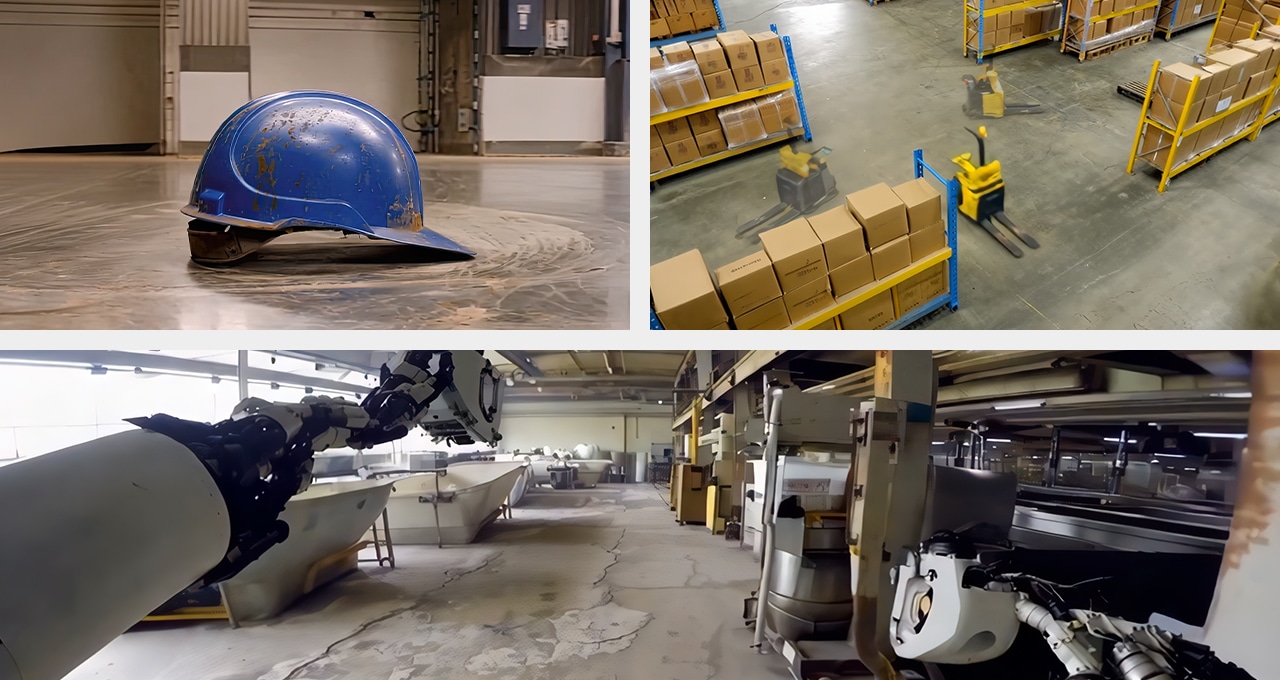
NVIDIA Cosmos: Revolutionizing Physical AI Development
In the rapidly evolving landscape of artificial intelligence, the introduction of NVIDIA Cosmos marks a significant milestone. This innovative platform is designed to accelerate the development of physical AI systems, such as autonomous vehicles and robots, by providing developers with a suite of state-of-the-art tools and models. In this comprehensive article, we delve into the intricacies of NVIDIA Cosmos, exploring its features, benefits, and the transformative impact it promises to have on the AI industry.
Unveiling NVIDIA Cosmos: A New Era in AI
NVIDIA Cosmos is a groundbreaking platform unveiled at CES 2025, aimed at democratizing physical AI development. It comprises a family of World Foundation Models (WFMs) that are pre-trained and purpose-built for generating physics-aware videos and world states. These models are designed to advance the development of physical AI by providing a robust foundation for creating and refining AI models with reduced reliance on real-world data.
Key Features of NVIDIA Cosmos
-
Generative World Foundation Models: Cosmos includes a suite of autoregressive and diffusion models designed for text-to-world and video-to-world generation. These models enable developers to create realistic simulations and scenarios for robotics, autonomous vehicles, and other physical AI systems.
-
Advanced Video Tokenizers: The platform features state-of-the-art video tokenizers that convert images and videos into tokens, delivering superior compression and processing speed. This enables efficient handling of large datasets, crucial for training sophisticated AI models.
-
Accelerated Data Processing Pipeline: Optimized for NVIDIA's data center GPUs, the data processing pipeline can handle massive datasets, curating and labeling 20 million hours of video in just 14 days. This dramatically reduces the time and cost associated with data preparation.
-
Open Model License: Cosmos models are available under an open model license on platforms like Hugging Face and the NVIDIA NGC catalog. This openness encourages collaboration and customization, allowing developers to tailor models to specific applications.
-
Cosmos Guardrails: To ensure safe and trustworthy AI, Cosmos includes pre- and post-generation guardrails. These safeguards maintain prompt integrity and output consistency, crucial for applications in sensitive environments.
The Impact of NVIDIA Cosmos on Physical AI
NVIDIA Cosmos is poised to revolutionize the development of physical AI systems by addressing key challenges such as data scarcity and variability. By providing a platform for generating synthetic, physics-based data, Cosmos enables developers to train models without extensive real-world data capture. This not only reduces costs but also accelerates the development timeline.
Applications and Use Cases
-
Robotics and Autonomous Vehicles: Major companies like Uber, Xpeng, and Agility Robotics are already adopting Cosmos for AI development. The platform's ability to generate realistic simulations and scenarios is invaluable for testing and refining autonomous systems.
-
Industrial Simulations: Cosmos models can simulate industrial environments, enabling developers to create and test AI systems for applications like factory automation and logistics optimization.
-
Video Search and Understanding: The platform's text-to-world and video-to-world capabilities facilitate advanced video search and understanding, allowing developers to easily find specific training scenarios.
-
Synthetic Data Generation: By generating photorealistic videos from controlled 3D scenarios, Cosmos enables the creation of vast amounts of synthetic data, essential for training robust AI models.
NVIDIA Cosmos: A Catalyst for Innovation
The introduction of NVIDIA Cosmos represents a significant step forward in the democratization of AI development. By providing developers with powerful tools and models, Cosmos empowers them to push the boundaries of what's possible in physical AI. This platform not only accelerates the development of autonomous systems but also paves the way for new applications and innovations across various industries.
Conclusion: Embracing the Future of AI with NVIDIA Cosmos
As we look to the future, NVIDIA Cosmos stands as a testament to the potential of AI to transform industries and improve lives. By leveraging this platform, developers can create more sophisticated and capable AI systems, driving innovation and progress in the field of physical AI. Whether you're an AI researcher, developer, or enthusiast, NVIDIA Cosmos offers a glimpse into the future of AI development, inviting you to explore its possibilities and contribute to its evolution.
In conclusion, NVIDIA Cosmos is more than just a platform; it's a catalyst for change in the AI landscape. By embracing this technology, we can unlock new levels of creativity and capability, shaping a future where AI is more integrated, intelligent, and impactful than ever before.